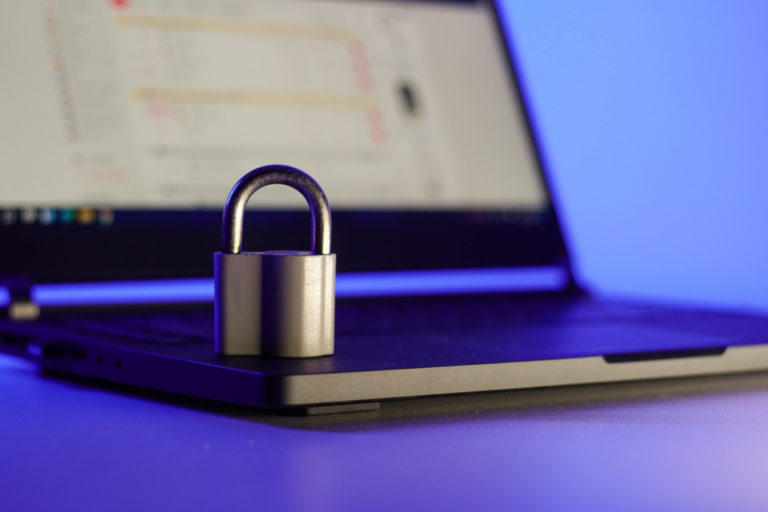
As more businesses transition to a remote working model, they face the challenge of protecting their employees from cyberattacks.
Cybercriminals are constantly looking for new ways to exploit weaknesses in security systems, which can leave companies vulnerable and exposed.
To help protect your business and its data, you must take steps to educate and protect your remote workforce. Here are five tips on how to keep your remote workers safe from cyberattacks.
1. Establish Clear Password Policies:
Passwords are the first line of defense against cyberattacks, so they must be as secure as possible.
Establish clear policies and procedures regarding passwords that all employees must follow, such as requiring strong passwords consisting of a minimum number of characters (including a combination of upper- and lowercase letters, numbers, and special characters) that must be regularly changed.
When you invite your employees to have strong passwords, it eliminates the ease of a hacker getting into your business system. It might even be beneficial to have your employees use a different password than they’ve ever used before to keep malicious actors at bay.
2. Teach Employees to Recognize Suspicious Emails:
Phishing emails are one of the most common ways cybercriminals target businesses. Educate your employees on how to spot suspicious emails by looking out for poor spelling and grammar, urgency or threatening language, unusual requests such as wire transfers, and links or attachments they don’t recognize.
Instruct your employees to never click on a suspicious link and to report it right away. If they have clicked on a potentially dangerous link, invite them to alert security as soon as possible. If there has been a data breach, it can be handled quickly and efficiently.
3. Use Encryption to Protect Data:
Encrypting data is one of the most secure ways to protect it in the event of a breach or attack. Encryption scrambles data so that even if an unauthorized user gets access to it, they won’t be able to make sense of it.
4. Advise Employees on Safe Internet Practices:
Inform your remote team about best practices for staying safe online, such as avoiding public Wi-Fi networks (or only using them with a VPN), using secure browsers when possible, and not clicking on suspicious links or attachments.
5. Monitor Employee Activity:
It’s important to monitor employee activity to look for any suspicious behavior or attempts at unauthorized access. Set up regular audits and reviews of employee accounts, as well as monitoring for unusual downloads or uploads of large amounts of data.
6. Implement Multi-Factor Authentication:
Multi-factor authentication (MFA) is an effective way to add an additional layer of security for your remote workers. MFA requires users to provide two or more pieces of evidence, such as a password and a one-time code sent via text, to gain access to their account.
In conclusion, cyberattacks can pose a significant threat to businesses with remote workforces. To prevent these attacks from happening and protect your data, it’s important to educate your employees on the dangers of phishing emails, as well as enforce strong password policies and multi-factor authentication.
Additionally, implementing encryption technology and monitoring employee activity will help ensure that any suspicious behavior is identified quickly and efficiently. By following these tips, you can keep your business safe from potential cyber threats while allowing for productive remote working arrangements.